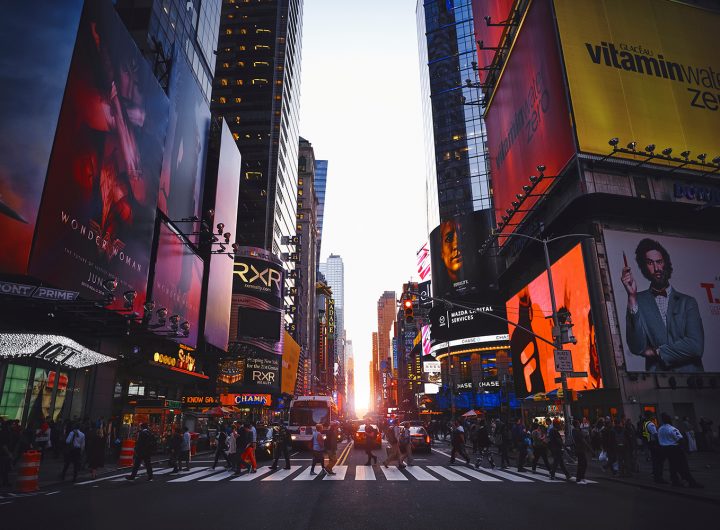- This topic is empty.
-
AuthorPosts
-
12/02/2025 at 11:23 #6404
When it comes to architectural design, the choice of exterior cladding is pivotal not only for aesthetic appeal but also for functionality, durability, and energy efficiency. As the first line of defense against environmental elements, the materials used for exterior cladding must be carefully selected to meet a variety of performance criteria. This post delves into the diverse range of materials available for exterior cladding, examining their properties, advantages, and ideal applications.
1. Traditional Materials: Wood and Brick
Wood Cladding
Wood has been a staple in exterior cladding for centuries, offering a natural aesthetic that blends seamlessly with various architectural styles. Common types of wood used include cedar, redwood, and pine, each providing unique characteristics.Advantages:
– Aesthetic Appeal: Wood offers warmth and a timeless look.
– Insulation Properties: Wood is a natural insulator, contributing to energy efficiency.
– Sustainability: When sourced responsibly, wood can be an eco-friendly choice.Considerations:
– Maintenance: Requires regular treatment to prevent rot and insect damage.
– Fire Resistance: Wood is less fire-resistant compared to other materials unless treated.Brick Cladding
Brick is another traditional material that has stood the test of time. Known for its durability and low maintenance, brick cladding is often used in both residential and commercial buildings.Advantages:
– Durability: Resistant to weather, pests, and fire.
– Thermal Mass: Provides excellent thermal performance, helping to regulate indoor temperatures.
– Low Maintenance: Requires minimal upkeep over its lifespan.Considerations:
– Weight: Brick is heavy, necessitating a strong structural support system.
– Cost: Initial installation can be more expensive than other materials.2. Modern Materials: Metal and Composite
Metal Cladding
Metal cladding, including aluminum and steel, has gained popularity for its sleek, modern appearance and durability. It is often used in contemporary architectural designs.Advantages:
– Durability: Resistant to corrosion, fire, and pests.
– Lightweight: Easier to install compared to traditional materials.
– Recyclability: Metal is highly recyclable, making it an environmentally friendly option.Considerations:
– Thermal Conductivity: Metal can conduct heat, potentially leading to energy inefficiencies if not properly insulated.
– Noise: Can amplify sound, which may be a consideration in urban environments.Composite Cladding
Composite materials, often made from a blend of wood fibers and plastic, offer the aesthetic of wood with enhanced durability and lower maintenance requirements.Advantages:
– Low Maintenance: Resistant to rot, insects, and fading.
– Variety of Finishes: Available in a wide range of colors and textures.
– Sustainability: Many composites are made from recycled materials.Considerations:
– Cost: Can be more expensive than traditional wood.
– Heat Sensitivity: Some composites may warp or fade under extreme heat.3. Innovative Options: Fiber Cement and Stone
Fiber Cement Cladding
Fiber cement is a composite material made from cement, sand, and cellulose fibers. It has become increasingly popular due to its versatility and durability.Advantages:
– Fire Resistance: Non-combustible and resistant to termites.
– Aesthetic Versatility: Can mimic the appearance of wood, stucco, or masonry.
– Low Maintenance: Does not require painting as frequently as wood.Considerations:
– Weight: Heavier than vinyl or aluminum, requiring proper structural support.
– Installation: May require specialized skills for installation.Natural Stone Cladding
Natural stone, such as granite, limestone, and slate, offers a unique and luxurious appearance. It is often used in high-end residential and commercial projects.Advantages:
– Aesthetic Appeal: Provides a timeless and elegant look.
– Durability: Extremely durable and resistant to weathering.
– Low Maintenance: Requires minimal upkeep over time.Considerations:
– Cost: Generally one of the most expensive cladding options.
– Weight: Heavy, necessitating a strong structural framework.Conclusion
Choosing the right material for exterior cladding is a multifaceted decision that involves considering aesthetics, durability, maintenance, and environmental impact. Whether opting for traditional materials like wood and brick or modern innovations like metal and fiber cement, each option presents unique benefits and challenges. By understanding the properties and applications of these materials, architects and builders can make informed decisions that enhance both the functionality and beauty of their projects.
-
AuthorPosts
- You must be logged in to reply to this topic.

 Google hit with record EU fine over Shopping service
Google hit with record EU fine over Shopping service  Business booming for giant cargo planes
Business booming for giant cargo planes  Trump-Putin: The understandable story
Trump-Putin: The understandable story